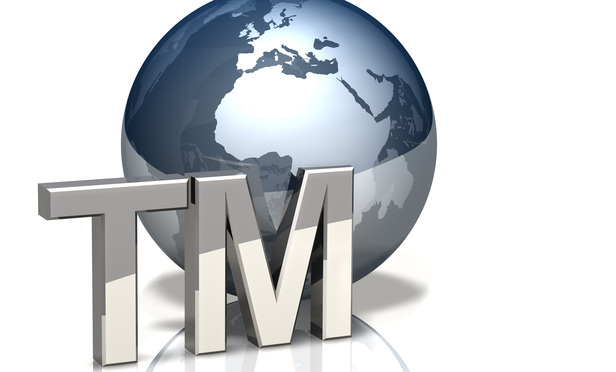International trademark owners have the option of seeking protection for their marks under the Madrid Protocol in the United States, but should they? Randy Michels of Trust Tree says that while it may be “a cost-effective option for certain applicants, our experience has shown that it is not beneficial in all situations.”
Here’s why Madrid might not be made for your marks:
- Weakness in Disputes: Trademarks in the U.S. are based on use in the marketplace, whereas Madrid Protocol filings can be registered without having to prove use in commerce. “Because of this requirement, a national U.S. registration is prima facie evidence of using the mark,” Michels says, and it puts the owner in a better position during litigation.
- Modifications: Once a Madrid Protocol filing has been submitted, the mark cannot be changed. That’s not the case with the U.S. Patent and Trademark Office, which allows nonmaterial changes to a mark during prosecution and after issuance of the registration.
- Ability to Assign: There aren’t any limits for marks registered in the U.S. with respect to being transferred or assigned, but marks under Madrid Protocol filings can only be assigned to a person who is a national of, or has a commercial establishment in, a country contracting to the protocol, says Michels.






